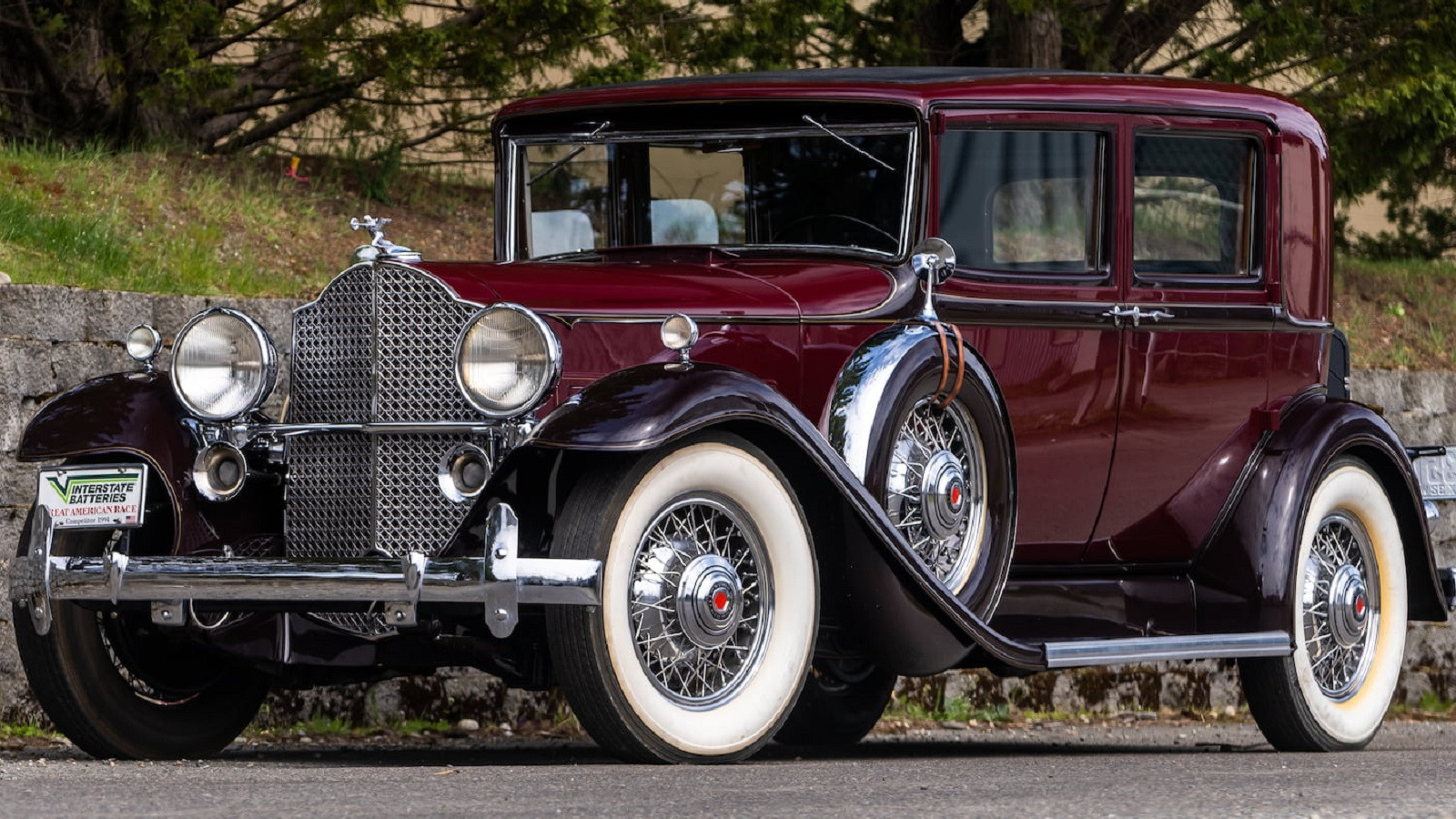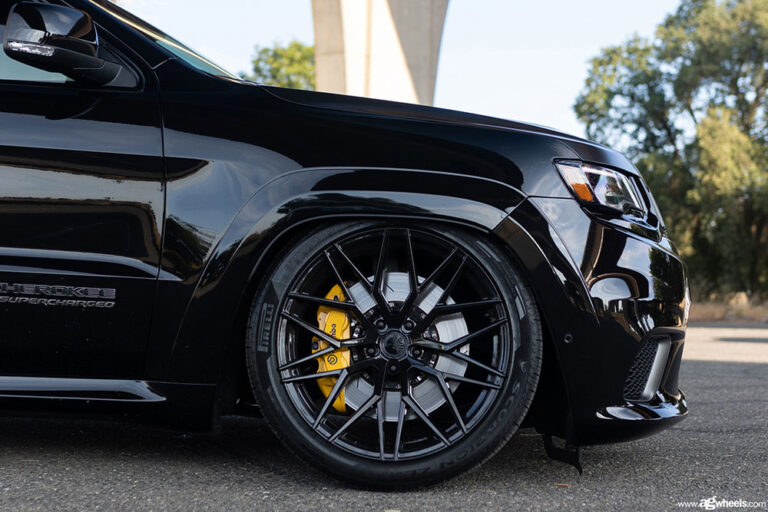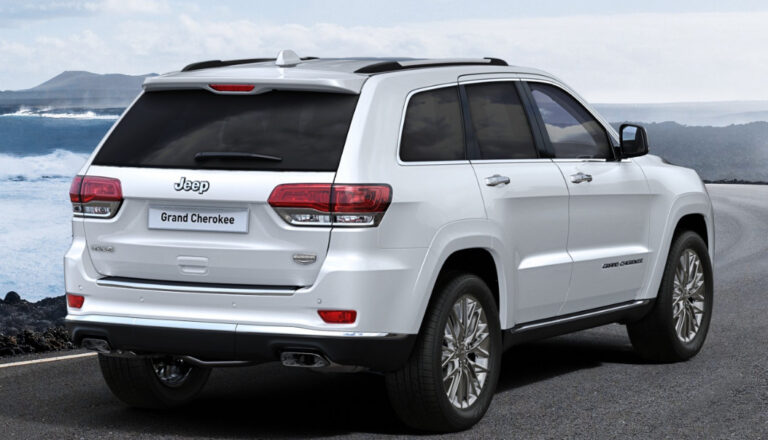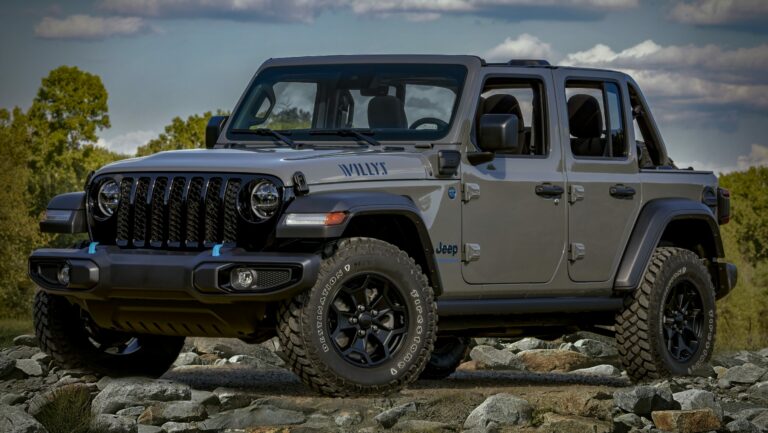Classic Willys Jeep For Sale: Your Ultimate Guide to Owning an Icon
Classic Willys Jeep For Sale: Your Ultimate Guide to Owning an Icon jeeps.truckstrend.com
The rumble of an engine, the unmistakable silhouette, and a history etched in the annals of war and peace – the Classic Willys Jeep is more than just a vehicle; it’s a living legend. For enthusiasts and collectors alike, the prospect of a "Classic Willys Jeep For Sale" isn’t merely a transaction; it’s an opportunity to acquire a piece of automotive heritage, a rugged symbol of American ingenuity and perseverance. This comprehensive guide will navigate you through everything you need to know about finding, evaluating, purchasing, and owning one of these timeless machines.
The Enduring Legacy: Why Buy a Classic Willys Jeep?
Classic Willys Jeep For Sale: Your Ultimate Guide to Owning an Icon
The story of the Willys Jeep begins in the crucible of World War II, where it earned its stripes as the "Go-Anywhere" vehicle, an indispensable tool for Allied forces. Post-war, Willys-Overland pivoted, introducing the civilian CJ (Civilian Jeep) series, transforming a military workhorse into a versatile agricultural, recreational, and utility vehicle for the masses. Today, its appeal endures for several compelling reasons:
- Historical Significance: Owning a Willys Jeep is owning a tangible piece of history. Whether a wartime MB/GPW or an early civilian CJ, each vehicle carries a legacy of resilience and utility that resonates deeply.
- Durability and Mechanical Simplicity: Built for rugged environments, Willys Jeeps are mechanically straightforward. Their L-head (Go-Devil) and F-head (Hurricane) engines are renowned for their robust design and ease of maintenance, making them ideal for the DIY enthusiast.
- Timeless Design: The iconic flat-fender design, exposed hinges, and minimalist interior exude an authentic, no-nonsense charm that modern vehicles simply cannot replicate. It’s a design that transcends fads.
- Community and Enthusiast Culture: The Willys Jeep community is vibrant and welcoming. Owners often share knowledge, parts, and camaraderie, fostering a unique bond among enthusiasts worldwide.
- Investment Potential: Well-maintained or properly restored Classic Willys Jeeps often hold their value remarkably well, and many appreciate over time, making them a potentially sound automotive investment.

Understanding the Models: Which Willys Jeep is Right For You?
When searching for a "Classic Willys Jeep For Sale," it’s crucial to understand the various models and their unique characteristics. Your choice will depend on your intended use, budget, and desired level of originality.
- MB / GPW (1941-1945): The original military workhorses. The Willys MB and Ford GPW are nearly identical, designed to government specifications. They are highly sought after by collectors for their historical accuracy and command premium prices, especially if restored to wartime specifications. Expect 6-volt electrical systems, sparse interiors, and military-spec components.
- CJ-2A "Universal Jeep" (1945-1949): The first civilian Jeep, marketed as a "power unit on wheels." Distinguishable by its larger headlights, seven-slot grille, tailgate, and an external fuel filler. Many were equipped with power take-offs (PTOs) for agricultural implements. More comfortable and versatile than its military predecessor, making it a popular choice for restoration and light use.
- CJ-3A (1949-1953): An evolution of the CJ-2A, featuring a slightly lower hood, a one-piece windshield that could be folded flat, and an improved suspension. It retained the reliable L-head "Go-Devil" engine. These are often preferred for their slightly more refined driving experience while retaining classic Willys charm.
- CJ-3B "High Hood" (1953-1968): Easily identified by its distinctively tall hood, which was necessary to accommodate the new F-head "Hurricane" engine. This engine offered more horsepower and torque. The CJ-3B is a popular choice for those seeking a bit more power and a unique aesthetic, often used for off-roading and farm work.
- Willys Wagons, Pickups, and Station Wagons (1946-1965): While not "Jeeps" in the traditional sense, these utility vehicles shared mechanical components and the Willys DNA. They offer more enclosed space and versatility, appealing to those who need more practicality without sacrificing classic appeal.
Where to Find Your Classic Willys Jeep: A Buyer’s Guide
The hunt for a "Classic Willys Jeep For Sale" can be an adventure in itself. Knowing where to look will significantly increase your chances of finding the right vehicle.
- Online Marketplaces: Websites like eBay Motors, Craigslist, Facebook Marketplace, and dedicated classic car listing sites (e.g., Hemmings, ClassicCars.com) are excellent starting points. Be wary of scams and always verify sellers.
- Specialty Classic Car Dealers: Reputable dealers specializing in vintage military or utility vehicles often have Willys Jeeps in various conditions. While prices might be higher, you often get a vetted vehicle and potential warranties.
- Auctions: Major classic car auctions occasionally feature high-end restored Willys Jeeps. Local estate or farm auctions can sometimes yield hidden gems, though they often require quick decision-making and a good understanding of mechanics.
- Willys/Jeep Clubs and Forums: These are arguably the best resources. Enthusiast communities often have "for sale" sections where members sell well-maintained or historically accurate vehicles. You can also tap into a wealth of knowledge and get advice before purchasing.
- Word-of-Mouth: Sometimes, the best finds come from unexpected places. Let friends, family, and local mechanics know you’re looking.
What to Look For: Essential Inspection Checklist
Before committing to a "Classic Willys Jeep For Sale," a thorough inspection is paramount. Many of these vehicles have lived tough lives, and their condition can vary wildly.
- Frame and Body Rust: This is the most critical area. Inspect the frame rails, cross members, hat channels (especially under the floorboards), fenders, and body tubs. Surface rust is manageable, but extensive rot signifies major, costly repairs. Pay close attention to areas where dirt and moisture accumulate.
- Engine and Drivetrain: Check for fluid leaks (oil, coolant, transmission, differential). Listen for unusual noises during a cold start and while running. Assess the condition of the L-head or F-head engine. Test the transmission (T-90 is common) and transfer case (Dana 18) through all gears, including 4×4 engagement. Look for signs of "modern" engine swaps if originality is important to you.
- Suspension and Steering: Examine leaf springs for sagging or broken leaves. Check shackles and U-bolts. Look for excessive play in the steering wheel, which could indicate worn steering box components or tie rod ends.
- Brakes: Willys Jeeps came with drum brakes. Check the pedal feel (spongy usually means air or leaks), inspect lines for corrosion, and ensure the vehicle stops straight.
- Electrical System: Most original Willys Jeeps had 6-volt electrical systems. Many have been converted to 12-volt for easier starting and accessory compatibility. Ensure all lights, gauges, and wipers function correctly, regardless of voltage. Look for frayed or jury-rigged wiring.
- Originality vs. Restoration/Modification: Decide what’s important to you. A "numbers matching" original will command a higher price but might require more sensitive restoration. A modified "driver" might offer more modern conveniences (e.g., 12V conversion, power steering, disc brakes) but sacrifices historical accuracy.
- Documentation: Always ask for the title and any available service records or historical documentation. A clear title is non-negotiable.
Budgeting for Your Dream Willys: Price Considerations
The price of a "Classic Willys Jeep For Sale" can range dramatically, from a few thousand dollars for a project to tens of thousands for a concourse-quality restoration. Several factors influence the price:
- Model: Military MB/GPW models generally fetch higher prices than civilian CJs, especially if period-correct.
- Condition: This is the biggest factor. A non-running "basket case" will be significantly cheaper than a fully restored, show-quality vehicle.
- Originality: Highly original, unrestored examples (if in good condition) or meticulously restored-to-original vehicles command top dollar.
- Location: Prices can vary by region.
- Included Parts/Accessories: A Willys coming with rare original accessories, a PTO, or extra parts can add value.
Here’s a general price table to give you an idea (prices are highly variable and subject to market conditions):
| Model (Condition) | Project (Non-Running/Major Rust) | Driver (Running/Needs Work) | Restored (Good Condition/Minor Flaws) | Concourse (Show Quality/Original) |
|---|---|---|---|---|
| Willys MB / Ford GPW | $5,000 – $15,000 | $15,000 – $30,000 | $30,000 – $50,000 | $50,000 – $80,000+ |
| Willys CJ-2A | $3,000 – $10,000 | $10,000 – $20,000 | $20,000 – $35,000 | $35,000 – $55,000+ |
| Willys CJ-3A | $3,000 – $9,000 | $9,000 – $18,000 | $18,000 – $30,000 | $30,000 – $45,000+ |
| Willys CJ-3B | $4,000 – $12,000 | $12,000 – $25,000 | $25,000 – $40,000 | $40,000 – $60,000+ |
Note: These are rough estimates and can fluctuate based on specific vehicle history, modifications, and market demand.
Beyond the purchase price, budget for:
- Registration and Insurance: Classic car insurance is typically affordable.
- Maintenance: Even a running Willys will require regular maintenance.
- Restoration Costs: If buying a project, be realistic about the time and money needed for parts, bodywork, paint, and mechanical repairs.
Owning a Classic Willys: Maintenance, Driving, and Community
Owning a Classic Willys Jeep is a unique experience. It demands a different approach than a modern vehicle.
- Maintenance: Willys Jeeps are relatively simple to work on. Regular oil changes, greasing chassis components, checking fluid levels, and brake adjustments are key. Parts are widely available, thanks to a robust aftermarket and NOS (New Old Stock) market. Many owners learn to do their own repairs, deepening their connection to the vehicle.
- Driving Experience: Don’t expect modern comforts. Willys Jeeps are slow, loud, and lack power steering, power brakes, or air conditioning. The ride can be bouncy, and the steering requires attention. Embrace it as part of the authentic experience. It’s about feeling connected to the road and the machine.
- Community: Join local or national Willys/Jeep clubs. Attend classic car shows and swap meets. These communities are invaluable for advice, technical support, and sharing the passion.
Potential Challenges and Solutions
While rewarding, owning a Classic Willys Jeep can present challenges:
- Rust Remediation: If your Willys has significant rust, consider professional body shops specializing in classic car restoration, or invest in welding equipment and learn to do it yourself.
- Parts Availability: While many parts are available, some rare original components can be hard to find. Leverage online forums, swap meets, and specialized vendors.
- Mechanical Issues: Older vehicles will have issues. Find a mechanic specializing in classic vehicles, or commit to learning basic auto mechanics yourself. Manuals and online resources are abundant.
- Safety: Classic Willys Jeeps lack modern safety features. Consider adding seatbelts, upgrading to a 12-volt electrical system for brighter lights, or even a roll bar if you plan on off-roading.
- Legality/Registration: Ensure the vehicle has a clear title. In some states, registering a very old vehicle might require specific procedures.
Concluding Summary
The allure of a "Classic Willys Jeep For Sale" transcends mere transportation. It’s an invitation to own a piece of history, a testament to rugged engineering, and a gateway to a vibrant community of passionate enthusiasts. While acquiring and maintaining one requires diligence and commitment, the rewards are immeasurable. From the satisfaction of turning a wrench to the sheer joy of cruising down a back road with the wind in your hair, owning a Willys is an experience unlike any other. It’s not just a vehicle; it’s an adventure, a lifestyle, and a timeless connection to an iconic past.
Frequently Asked Questions (FAQ)
Q: Are Classic Willys Jeeps reliable?
A: With proper maintenance, yes. Their mechanical simplicity makes them robust and easy to troubleshoot. However, they are old vehicles and will require consistent attention and occasional repairs.
Q: Can I drive a Classic Willys Jeep daily?
A: While mechanically possible, it’s generally not recommended for daily commuting due to their lack of modern comforts, slower speeds, and absence of modern safety features. They shine as weekend cruisers, off-roaders, or show vehicles.
Q: Is it hard to find parts for a Willys Jeep?
A: No, not typically. Thanks to a thriving aftermarket and dedicated community, most common parts (engine, drivetrain, body panels, electrical) are readily available, either as reproduction parts or New Old Stock (NOS).
Q: What’s the main difference between an MB and a CJ-2A?
A: The MB is a military-spec vehicle (WWII era) with military features, while the CJ-2A is the first civilian model, featuring a tailgate, larger headlights, and a slightly more civilian-oriented design. MBs are generally more sought after by collectors for historical accuracy.
Q: Do Willys Jeeps hold their value?
A: Generally, yes. Well-maintained, original, or professionally restored Willys Jeeps tend to hold and often appreciate in value over time, especially the rarer or more historically significant models.
Q: What should be my first modification if I buy a project Willys?
A: After ensuring mechanical soundness and safety, many owners opt for a 12-volt electrical conversion for easier starting and brighter lights. Installing modern seatbelts is also a highly recommended early safety upgrade.
Q: Can I get insurance for a classic Willys?
A: Absolutely. Many insurance companies specialize in classic and antique vehicle insurance, which often offers better coverage at a lower cost than standard auto insurance, given the limited mileage and careful use of classic vehicles.



